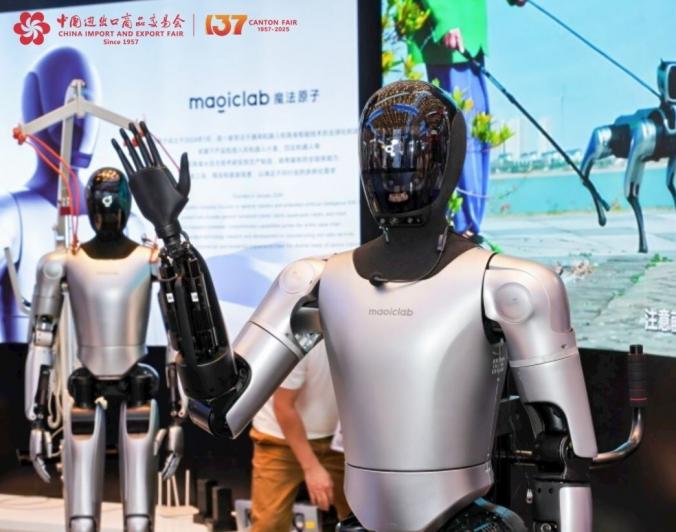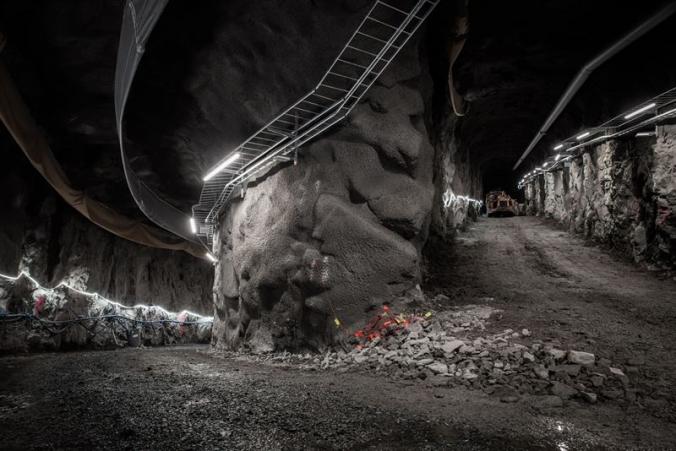Microbial energy, biobased chemicals, and soil improvement are the new resources for industrial food and chemical production
Our modern world is in a phase of industrial metamorphosis. Novel solutions have been developed for circular economics and are urgently needed to help clean up the consequences of past negligence. Microbes are present everywhere, so why not make use of them as workhorses in biobased production? For more effective but softer solutions.
Microscopic interactions between various invisible microbes are incessantly making wheels turn in our surrounding world. One example is the carbon dioxide emission of individual cells being necessary for the activation of adjacent other cells (Hakalehto and Hänninen, 2012). In this example, the onset of population growth was speeded up by about 50 % by leading the liberated carbon dioxide from one PMEU (Portable Microbe Enrichment Unit) cultivation syringe to the next stationery syringe. This demonstrates the effects between individual cells in the succession of the bioprocess, as well as in the natural carbon sequestration. The technologies behind the Finnoflag bioprocesses were demonstrated already in the 21st International Society of Environmental Indicators global conference in 2015 in Windsor, Canada (Hakalehto, 2015a). Climate-friendly Hydrogen emission from biomass is facilitating the fixing of Nitrogen from the atmosphere into soil by micro-organisms.
Structures of the microbiomes
The rapid distribution of microbial strains reflects the succession of diverse microbial ecosystems. These processes were previously often aseptic reactions with one or two biocatalytic microbial strains only. Nowadays, we have learnt to employ the entire population to work for the engineering goals using a more holistic approach (Hakalehto, 2022). This approach makes biotechnology somewhat distinctive from the pure chemical processes.
Still, if learned to be used accurately, it provides flexibility, energy efficiency, and novel products such as precious chemicals or polymers. Productivities that are 2-3 times more effective have been demonstrated. At the same time, it is possible to clean up mixed wastes or waters eloquently (Hakalehto and Jääskeläinen, 2017).
Microbes are omnipresent and effective
The use of microbiomes in bioprocess engineering is opening new avenues for biorefineries. Besides the human body system, communities of various microbes occur everywhere and cooperative microbiomes are also formed in the industrial processes. For example, some microbial presence in the circulating water in the paper industries is beneficial for papermaking. In bioprocess engineering, the exploitation of the mixed microbial cultures brings about new and interesting products and production methods.
On microbial cell surfaces, the effective surface area is exceptionally high, even in small volumes of bioprocess fluids. This factor, as well as the rapid throughput of the process, increases productivity and makes it possible to save in space and costs. In modern agriculture and maintenance security, microbial strains could consolidate new means for soil improvement.
Background for industrial processing is in the digestion
As indicated above, it has been demonstrated that both the intraspecies and interspecies gas emissions can cause a boosting effect of the growth of butyric acid clostridia, which are in a vital position in the human colon microflora. Correspondingly, the impact of surrounding carbon dioxide on the growth of Clostridium acetobutylicum was proven in the case of industrial processes as demonstrated in a series of experiments (Hakalehto, 2015b) in Handbook of Clean Energy Systems, by R. Wiley & Sons. As he described in his lecture in Helsinki in 1939, the dramatic effect of microbial carbon assimilation was anticipated by Dutch microbiologist A.J.Kluyver. Nowadays, we have achieved remarkable Carbon binding into bacterial bioprocesses. These processes could be combined with the high production of bioenergy, such as biohydrogen.
Case Tampere and the aftermath
A cellulosic industrial side stream accumulated for a century into Lake Näsijärvi in Tampere, West Finland, from a forest industry complex that was active between 1913-2008. Finnoflag team under the supervision of the author has demonstrated that lactic acid (lactate) could be produced from the sedimented Hiedanranta reservoir with productivity of 14,7% using sustainable biotechnology. The results were newly published in the European Geosciences Union (EGU 22) General Assembly (Hakalehto et al. 2022).
The joint production of valuable chemicals, energy gases, and organic soil improvement, is lucrative. According to our calculations, it could already be seen in 2020 that profits from the industrialization of the process varied between 30 and 110 M€ in five years according to different scenarios. Since that time the prices of steel and energy have increased, but the technical productivity has also reached new levels. This extensive project in Tampere or elsewhere could be forwarded in cooperation with several Finnish and foreign universities and companies. For example, downstream processing was experimented with by a Swedish group (Beckinhausen et al., 2019). Numerous accompanying technologies are under development, such as AI (artificial intelligence) for controlling bioprocesses and product recoveries. Food production could also be boosted through bioengineering (Hakalehto 2020, 2021).
Lactic acid and mannitol are both nontoxic and widely used chemicals for food supplements and ingredients, pharmaceutical excipients, and in cosmetics and sweet-manufacturing too. Tomorrow´s pills and tablets will contain increasingly more often, readily dissolving mannitol as the carrier substance. Finnoflag Oy has been able to raise its production levels by 10-12% starting from the initial trials of food industries nearly 10 years ago (Hakalehto et al. 2016).
Finally, the pilot studies in Tampere 2017-22 could serve as a model for a feasible biorefinery plant. Such environmental deposits of cellulosic and other sediments could be found in thousands of locations worldwide.
Elias Hakalehto, Adj.Prof., PhD universities of Helsinki, and Eastern Finland; CEO, Finnoflag Oy













